The allure of exotic pets has captivated humans for centuries, with venomous snakes ranking among the most fascinating yet controversial choices. These powerful reptiles, equipped with potentially deadly defense mechanisms, represent both the pinnacle of exotic pet ownership and a significant public safety concern. While some enthusiasts are drawn to their dangerous beauty and the status they confer, governments worldwide have implemented strict regulations—and outright bans—on keeping certain venomous species. This article explores the most commonly prohibited venomous snakes in the pet trade, the rationales behind these restrictions, and the complex ethical questions surrounding their captivity.
King Cobra (Ophiophagus hannah)
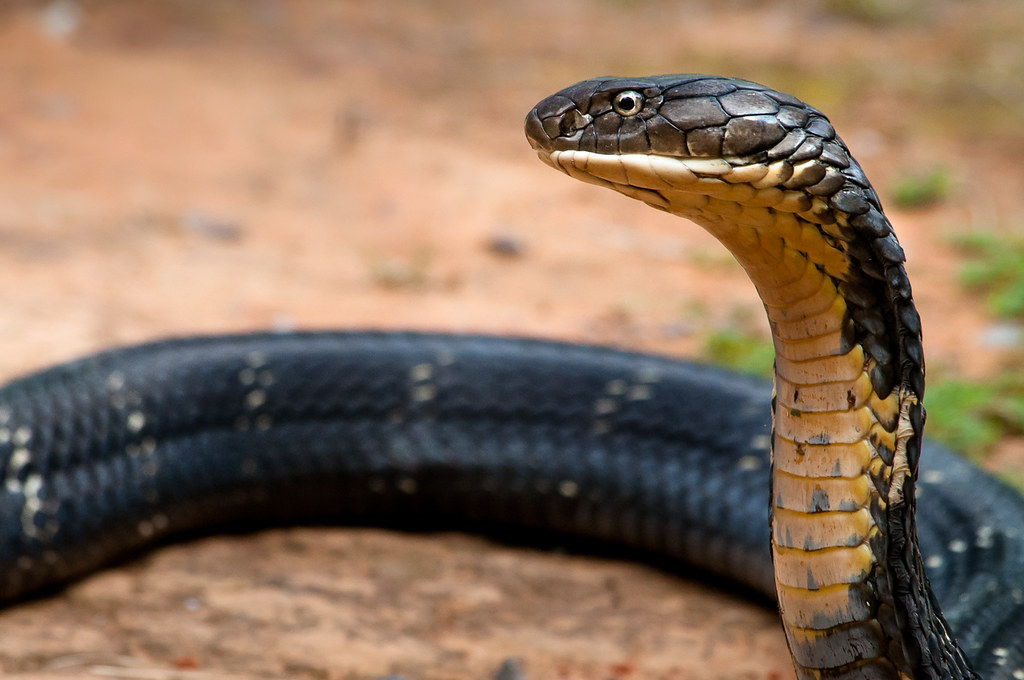
The king cobra holds the title of the world’s longest venomous snake, capable of reaching lengths exceeding 18 feet and delivering enough neurotoxic venom in a single bite to kill 20 adult humans. Illegal in most states and countries without specialized permits, these intelligent and territorial snakes require expert handling and expansive enclosures that few private keepers can provide. Their potent venom causes rapid respiratory failure, making them particularly dangerous if they escape captivity in populated areas. Beyond the immediate safety concerns, king cobras face population pressures in the wild, with illegal collection for the pet trade contributing to their vulnerable conservation status.
Black Mamba (Dendroaspis polylepis)
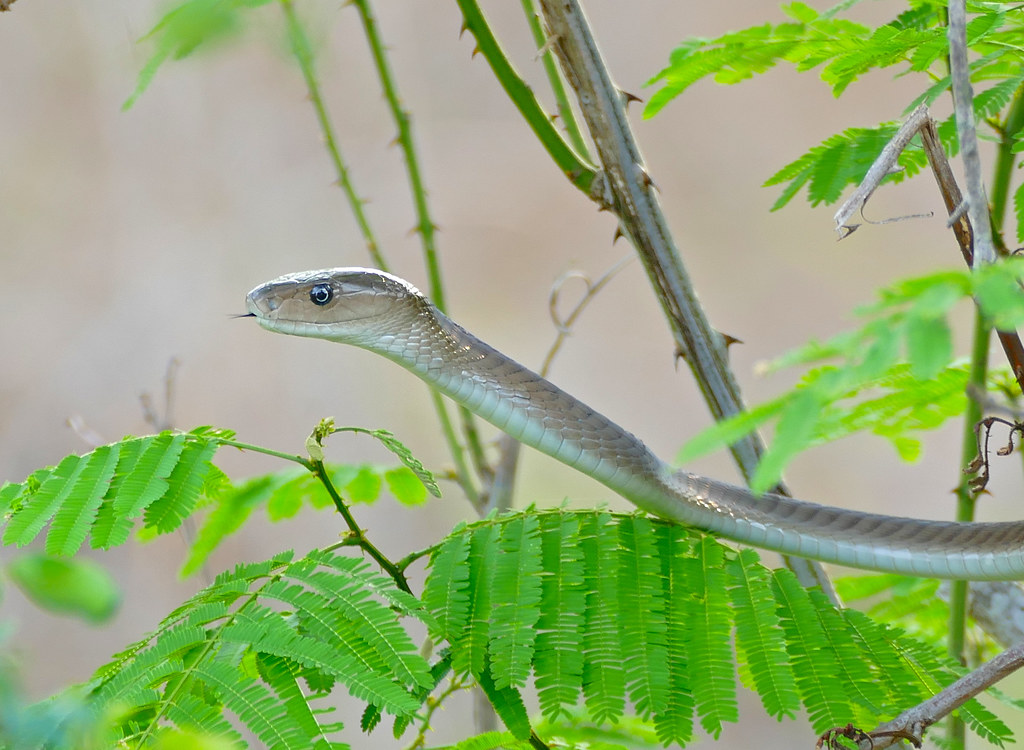
Renowned for both its speed and lethality, the black mamba has earned its fearsome reputation as one of Africa’s deadliest snakes. These sleek predators can move at speeds up to 12.5 miles per hour and possess a highly toxic venom that attacks the nervous system and heart, potentially causing death within 20 minutes without antivenom. Their aggressive temperament when cornered makes them exceptionally dangerous in captive settings, particularly for inexperienced handlers. Due to these factors, black mambas are prohibited as pets in virtually all jurisdictions, with even professional herpetologists approaching them with extraordinary caution. Their specialized care requirements, including large enclosures and precise temperature regulation, further complicate responsible ownership.
Inland Taipan (Oxyuranus microlepidotus)
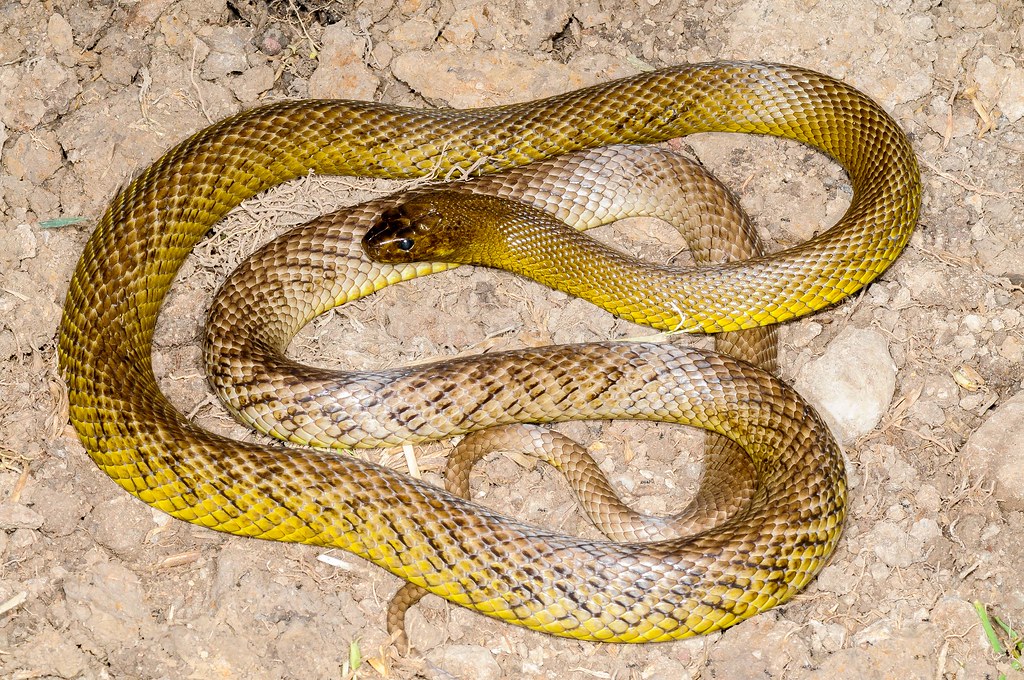
Often called the “fierce snake,” the inland taipan possesses the most potent venom of any land snake, with toxicity estimated at 100 times that of the common cobra. Native to the remote, arid regions of central east Australia, this elusive species delivers venom containing a complex mixture of neurotoxins, hemotoxins, myotoxins, and nephrotoxins that can cause death within 45 minutes if left untreated. Even among experienced professional herpetologists, the inland taipan is considered exceptionally dangerous to handle.
Most countries worldwide classify this species as prohibited for private ownership, with violations typically resulting in severe penalties including hefty fines and imprisonment. Their specialized dietary needs and environmental requirements further make them unsuitable for captivity outside of professional research institutions or specialized zoological facilities.
Eastern Brown Snake (Pseudonaja textilis)
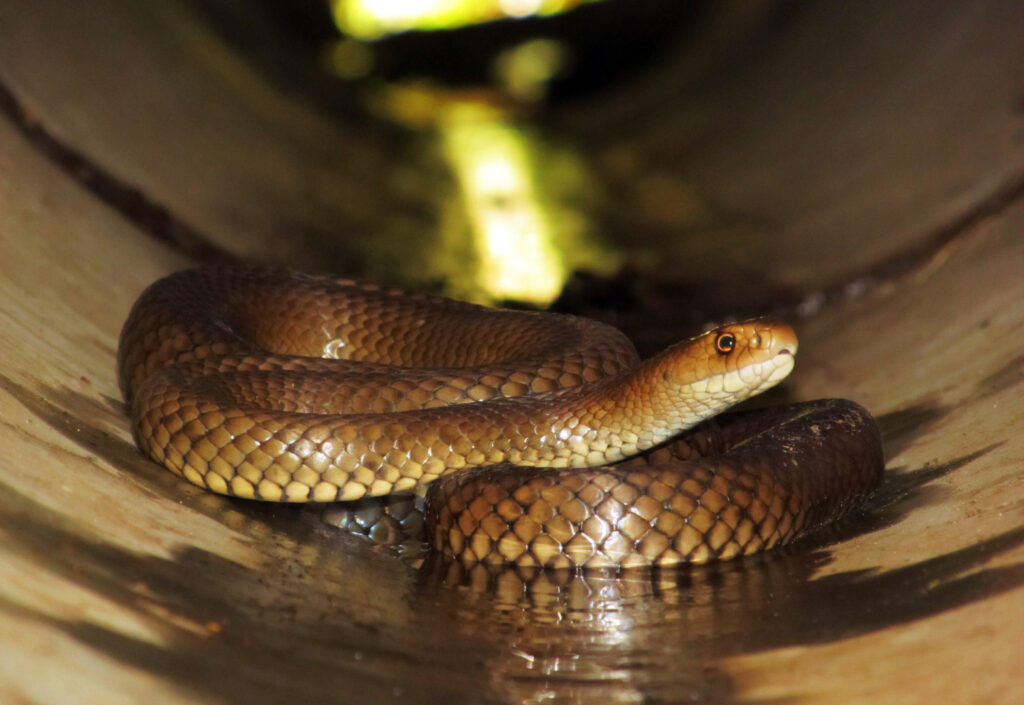
Australia’s eastern brown snake ranks as the world’s second most venomous land snake and is responsible for more snakebite deaths in Australia than any other species. Their venom contains powerful neurotoxins and coagulants that can cause progressive paralysis, uncontrollable bleeding, and cardiac arrest in victims. Adding to their danger, eastern browns are known for their nervous disposition and defensive behavior, often striking repeatedly when threatened. These slender, fast-moving snakes can reach lengths of seven feet and possess remarkable agility that makes containing them particularly challenging. Most countries strictly prohibit private ownership of eastern brown snakes, recognizing both the extreme public safety risk and the specialized knowledge required for their proper care.
Coastal Taipan (Oxyuranus scutellatus)
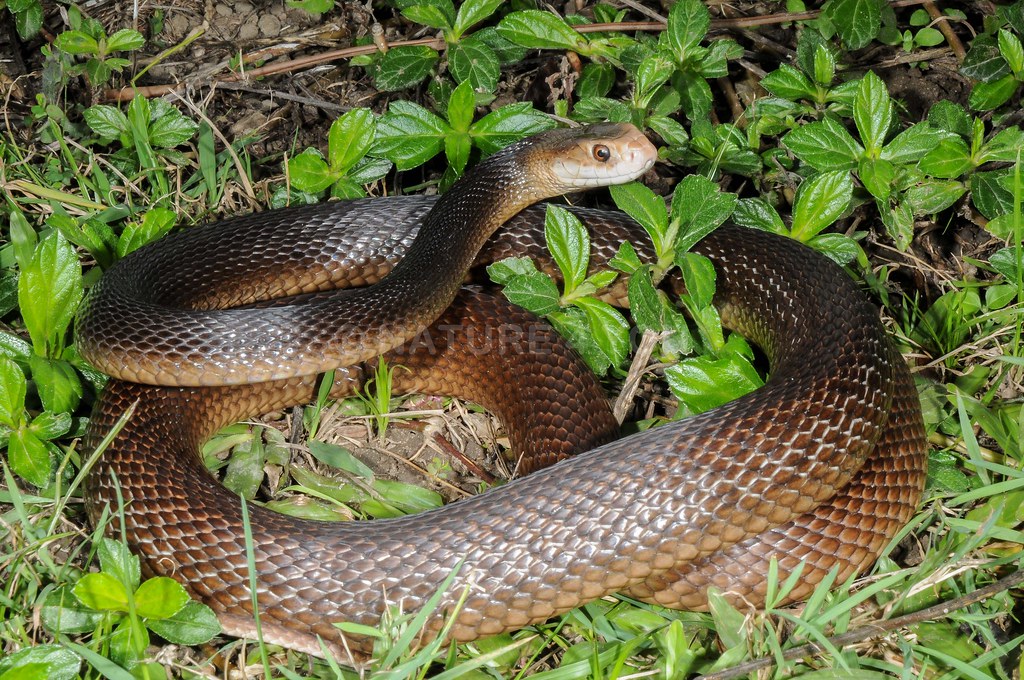
The coastal taipan combines extreme venom potency with an alert, high-strung temperament that makes it particularly dangerous in captivity. Its venom contains powerful neurotoxins that affect the nervous system and blood clotting mechanisms, with untreated bites having a mortality rate approaching 100%. Unlike some venomous species that prefer retreat over confrontation, the coastal taipan can become exceptionally defensive in confined spaces, delivering multiple strikes with remarkable accuracy and speed. Their specialized habitat requirements, including precise temperature and humidity gradients, make proper husbandry extremely challenging even for experts. Virtually all jurisdictions worldwide prohibit private ownership of coastal taipans, with their legal use restricted to professional research facilities, specialized venom production operations, and accredited zoological institutions.
Saw-Scaled Viper (Echis spp.)
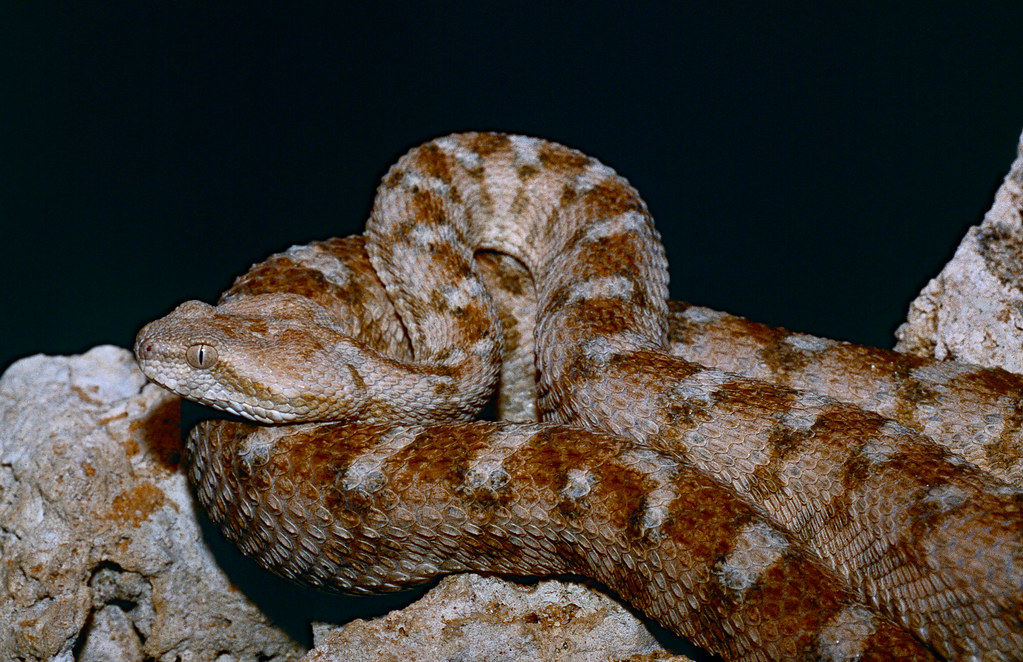
Despite their relatively small size, saw-scaled vipers are considered among the world’s deadliest snakes, responsible for more human fatalities than many larger species due to their wide distribution in heavily populated regions across Africa, the Middle East, and South Asia. These highly irritable snakes produce a distinctive warning sound by rubbing their serrated scales together before striking, but they may attack with little provocation when feeling threatened. Their hemotoxic venom causes severe bleeding disorders that can lead to fatal hemorrhaging, with treatment complicated by the need for species-specific antivenoms.
Most countries prohibit keeping saw-scaled vipers as pets due to both the extreme medical risk they pose and conservation concerns, as some species face population pressures from habitat loss. Their specialized care requirements, including precise temperature cycling and specific prey items, further make them unsuitable for private keeping.
Boomslang (Dispholidus typus)
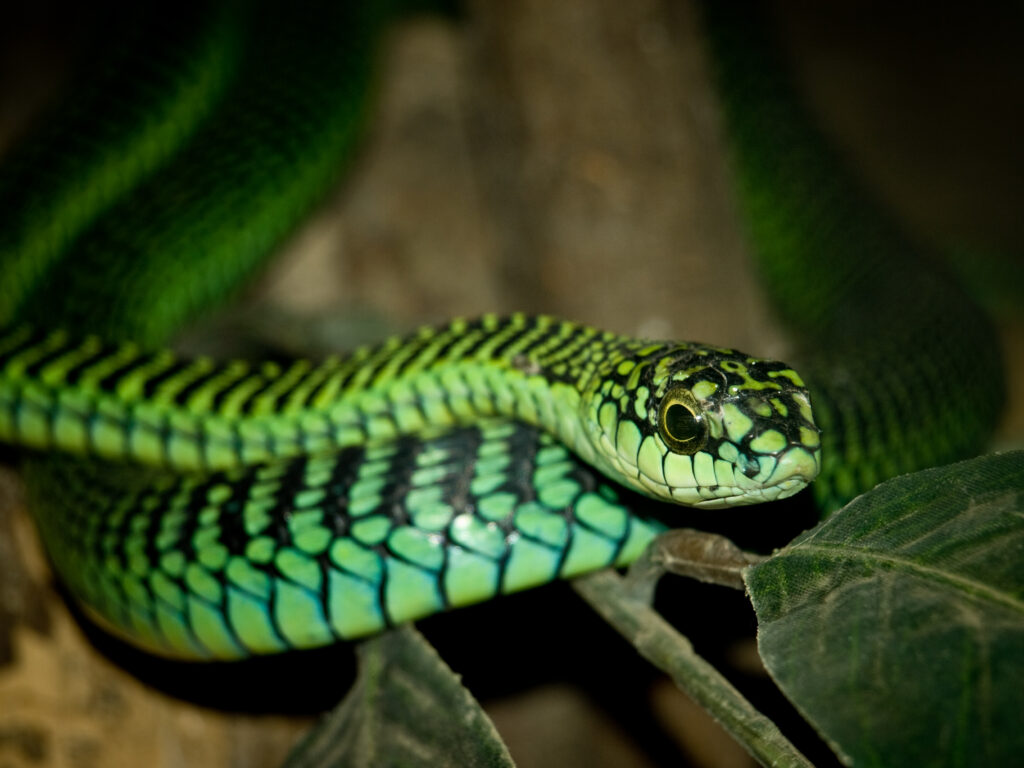
The boomslang presents a particularly insidious threat due to its initially mild bite symptoms that can lull victims into a false sense of security before catastrophic hemorrhaging begins hours later. Native to sub-Saharan Africa, these rear-fanged snakes possess exceptionally potent hemotoxic venom that disrupts the blood’s clotting mechanisms, potentially causing victims to bleed from every orifice. Their arboreal nature makes them challenging to contain securely, with their slender bodies able to exploit even small gaps in enclosures.
Most countries ban private ownership of boomslangs due to both the extreme medical danger and the specialized knowledge required for their proper identification and care. Even experienced herpetologists approach these snakes with extreme caution, recognizing that their venom’s delayed action makes immediate medical assessment of bite severity extremely difficult.
Russell’s Viper (Daboia russelii)
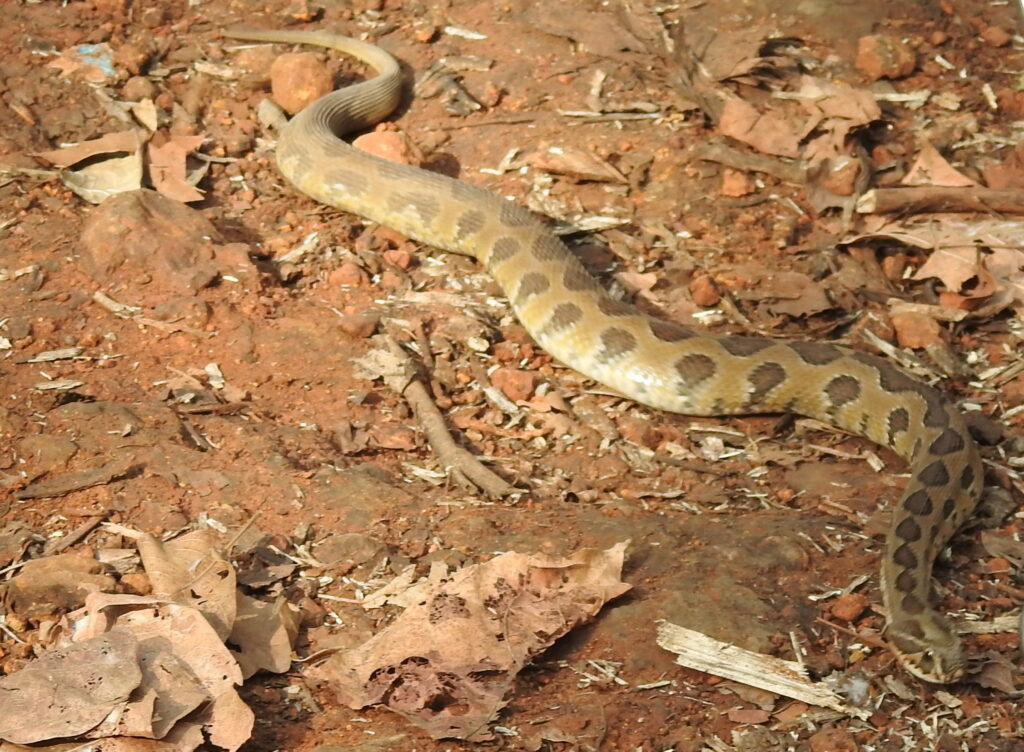
Russell’s viper causes more snakebite deaths across its range in Asia than almost any other species, earning it a place among the most dangerous and heavily regulated venomous snakes worldwide. Their complex venom contains both hemotoxic and neurotoxic components that can cause catastrophic internal bleeding, kidney failure, and irreversible tissue damage, with bite victims often requiring extensive medical intervention including amputation. These heavy-bodied snakes deliver large venom quantities with each bite and possess a notoriously irritable temperament that makes them unpredictable in captivity. Their specialized dietary requirements and complex thermal regulation needs present significant husbandry challenges that few private keepers could adequately address. Most countries prohibit private ownership of Russell’s vipers, with penalties for illegal possession including substantial fines and imprisonment.
Blue Krait (Bungarus caeruleus)
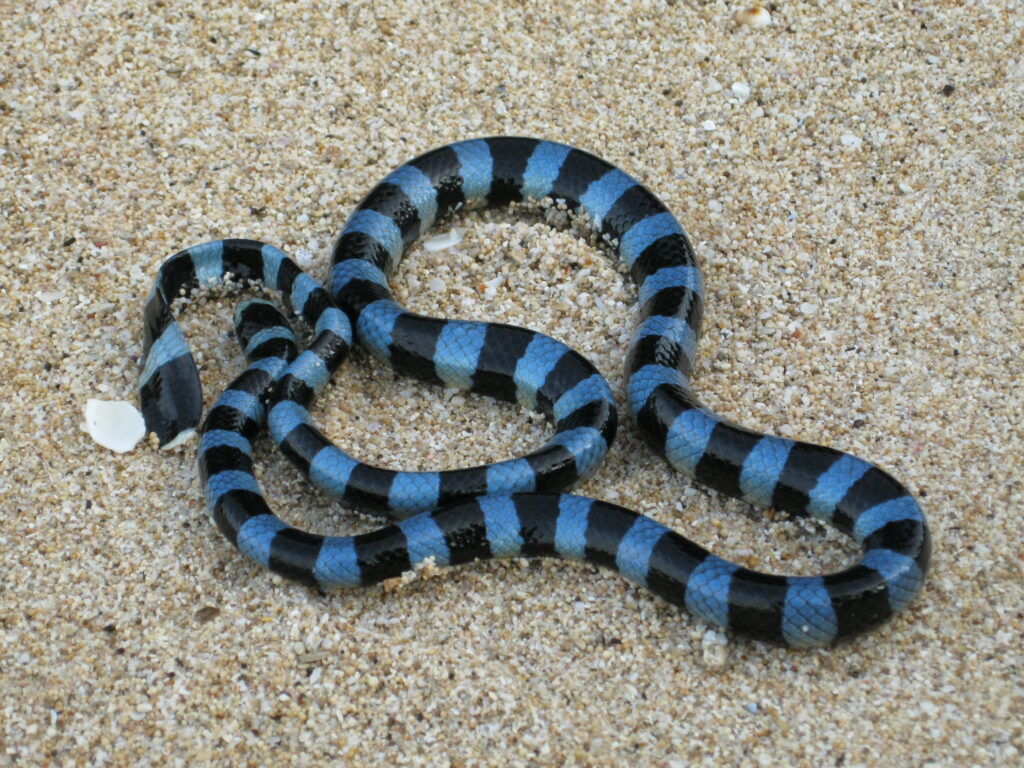
The blue krait delivers some of the most potent neurotoxic venom of any snake species, capable of causing respiratory failure and death within hours of envenomation. Native to the Indian subcontinent, these nocturnal elapids become particularly active and potentially more dangerous during nighttime hours when their handlers might be sleeping. Blue kraits are known for their initially painless bites, which can lead to delayed treatment as victims may not immediately realize they’ve been envenomated until paralysis begins. Their specialized dietary preferences for other snakes make them particularly challenging to maintain in captivity, requiring a constant supply of appropriate prey items. Most countries classify blue kraits as prohibited species for private ownership, recognizing both the extreme public safety risk and the specialized care requirements that exceed the capabilities of typical pet owners.
Gaboon Viper (Bitis gabonica)
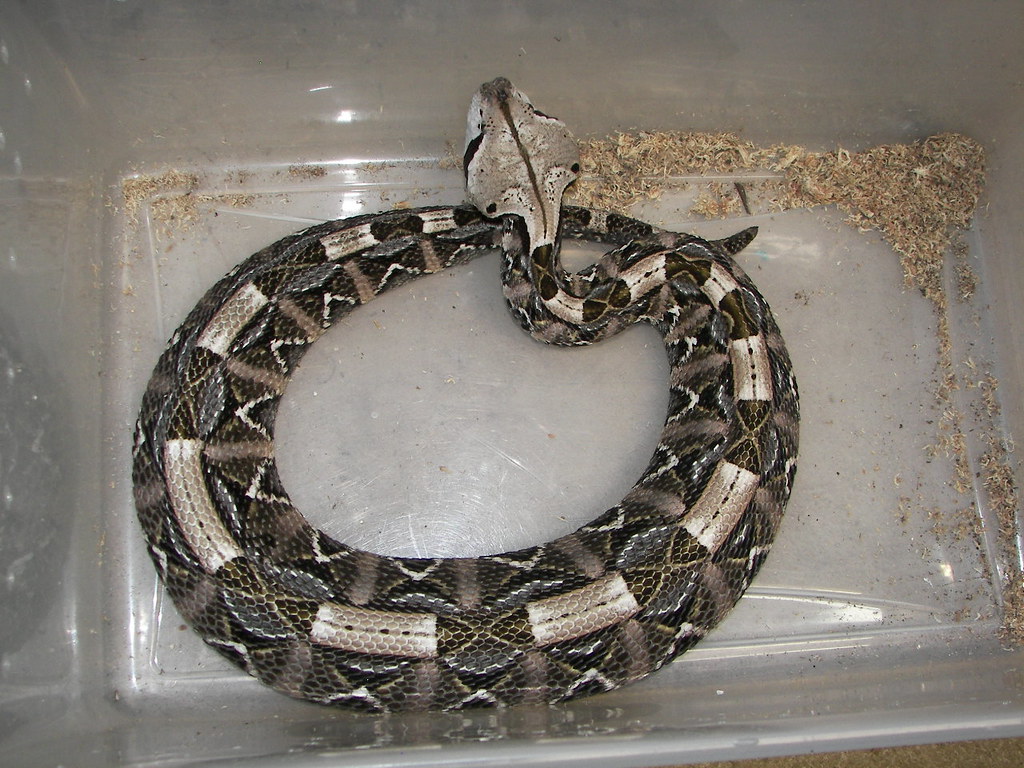
The Gaboon viper possesses the longest fangs (up to two inches) and delivers among the largest venom yields of any venomous snake, making a single bite potentially catastrophic. These massive, heavy-bodied vipers from central Africa blend almost perfectly with forest floor leaf litter, creating significant risk of accidental contact even in controlled settings. Their hemotoxic venom causes massive tissue destruction and internal bleeding, with full recovery from serious envenomation often taking months of medical intervention. While typically docile compared to some other venomous species, their enormous size (potentially exceeding six feet and 25 pounds) makes handling inherently dangerous, as controlling such a powerful animal during defensive responses is extremely difficult. Most jurisdictions prohibit private ownership of Gaboon vipers, with legitimate specimens found only in professional research facilities and accredited zoological institutions.
The Legal Landscape of Venomous Snake Ownership
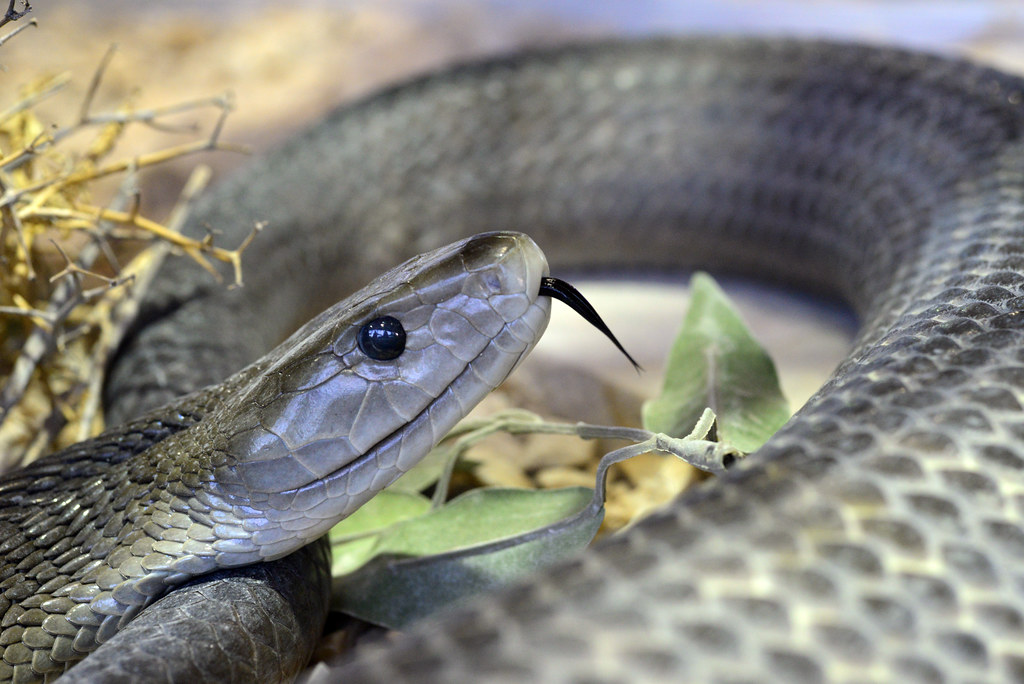
Regulations governing venomous snake ownership vary dramatically across different jurisdictions, creating a complex patchwork of legality that potential owners must navigate. In the United States, while federal law regulates interstate transport of venomous species, the actual legality of ownership falls primarily under state and local jurisdiction, with some states permitting ownership with appropriate permits while others impose complete bans.
Countries like Australia, the United Kingdom, and Japan maintain particularly strict regulations, with Australia prohibiting private ownership of all venomous native species and the UK requiring dangerous wild animal licenses that few private citizens can obtain. Even in jurisdictions where certain venomous species may be legally kept with permits, the application process typically involves strict facility inspections, proof of specialized knowledge, liability insurance requirements, and emergency protocols that effectively limit ownership to professional facilities. Penalties for illegal possession can be severe, ranging from substantial fines to imprisonment, particularly if escapes occur or public safety is endangered.
Public Safety Concerns and Escape Risks
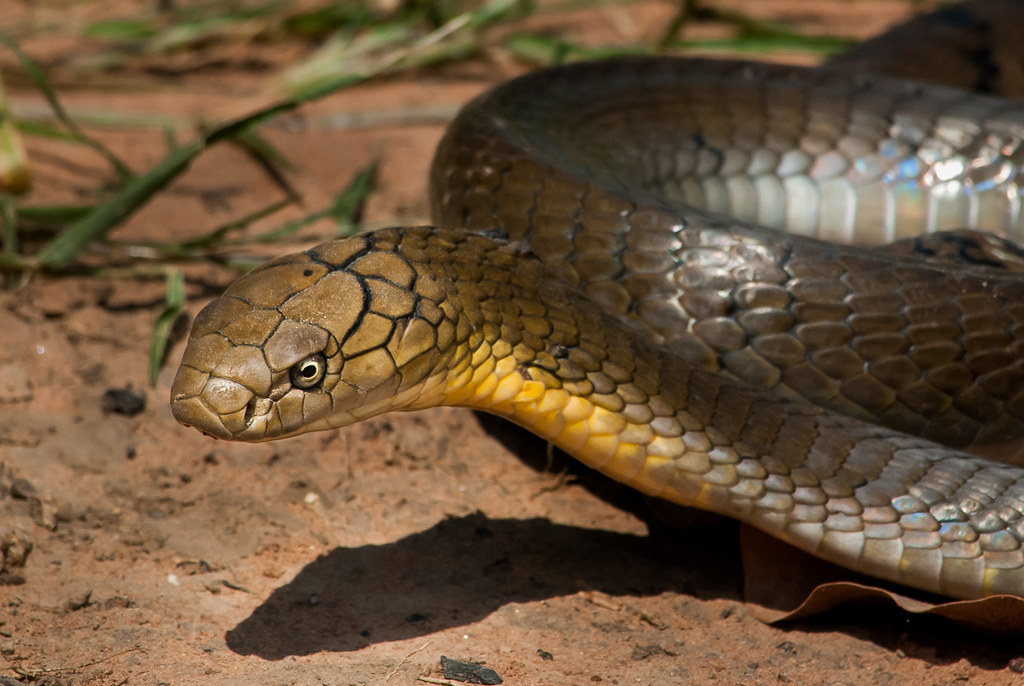
The primary justification for prohibiting private ownership of deadly venomous snakes centers on the significant public safety risk they pose, particularly in residential settings. Unlike non-venomous escape incidents, a single venomous snake escape can create a public health emergency requiring extensive resources to resolve safely. Documented cases of escaped venomous snakes have resulted in evacuations, injuries, and even fatalities, with first responders often inadequately prepared to handle such specialized threats.
The medical response to exotic venomous snakebites presents additional challenges, as many hospitals lack appropriate antivenoms for non-native species, significantly increasing mortality risks. Even with secure enclosures, the potential for natural disasters, structural failures, or human error creates an inherent risk that many jurisdictions deem unacceptable for residential areas. These concerns are particularly acute for species like king cobras or black mambas, whose intelligence, strength, and speed make containment especially challenging even for experienced handlers.
Conservation and Ethical Considerations
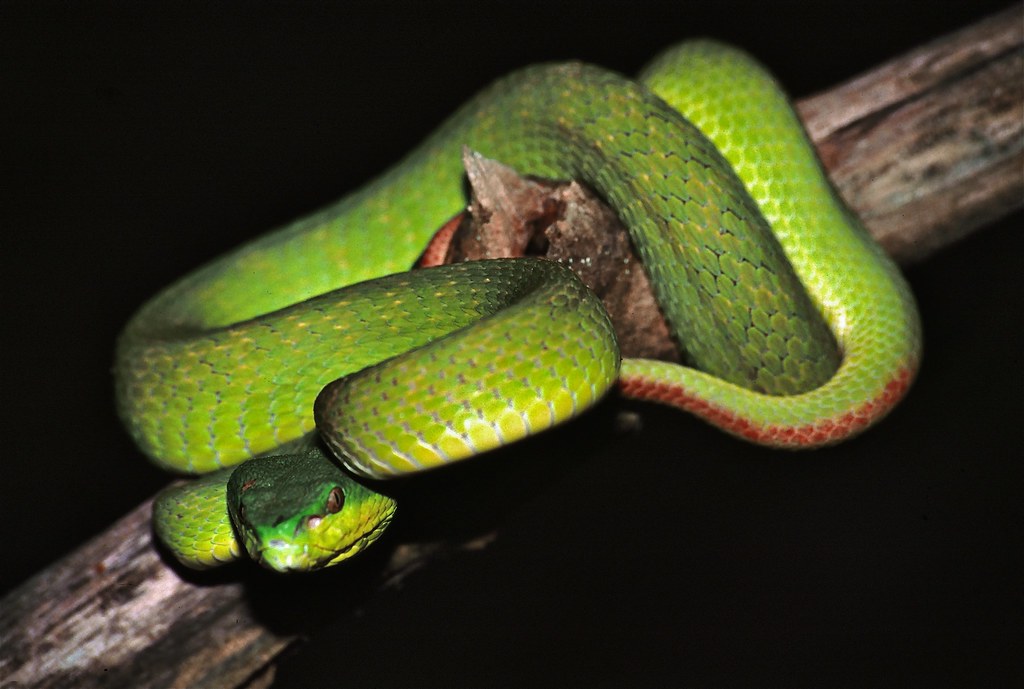
Beyond safety concerns, many venomous snake ownership prohibitions reflect conservation and ethical considerations regarding these specialized predators. Numerous venomous species face significant population pressures in their native habitats, with illegal collection for the exotic pet trade contributing to their decline alongside habitat loss and persecution. The pet trade demand for rare venomous species like certain island pit vipers or desert death adders creates financial incentives for poaching that can devastate already vulnerable wild populations. Additionally, the specialized needs of venomous snakes—including precise environmental parameters, specialized diets, and complex behavioral requirements—are exceptionally difficult to meet in captivity, raising serious welfare concerns.
Many herpetological experts argue that the stress experienced by highly defensive species like black mambas or saw-scaled vipers in captive settings constitutes an inherent welfare issue that cannot be mitigated even with optimal care. These considerations have led many conservation organizations and animal welfare groups to support strict regulation or prohibition of venomous snake ownership outside of accredited research and educational institutions.
Legitimate Purposes for Venomous Snake Keeping

Despite the substantial risks, legitimate scientific and educational reasons exist for maintaining certain venomous species in controlled settings with appropriate oversight. Professional venom extraction facilities maintain collections of medically significant species to produce the raw materials needed for antivenom production, potentially saving thousands of lives annually in snakebite-prone regions. Accredited zoological institutions and universities conduct essential research on venom composition, snakebite treatment protocols, and conservation strategies that require maintaining living specimens under carefully controlled conditions.
Public education programs featuring safely contained venomous species can play a vital role in reducing snakebite mortality by teaching proper identification and avoidance behaviors in regions where these animals naturally occur. These legitimate uses typically operate under specialized permits with strict safety protocols, regular inspections, and specific requirements for handler training that dramatically exceed what would be feasible for private ownership. The clear public benefit provided by these professional operations distinguishes them from recreational keeping, providing the justification for their special regulatory status.
The prohibition of certain venomous snakes as pets represents a necessary balance between personal freedom and public safety. While the allure of keeping these remarkable predators is understandable, the combination of extreme medical risk, specialized care requirements, conservation concerns, and ethical considerations provides strong justification for their regulated status. Rather than viewing these restrictions as arbitrary limitations, they can be understood as recognizing the unique place these animals occupy in our natural world—as magnificent predators deserving of respect rather than as collectible commodities. For those fascinated by venomous snakes, numerous alternatives exist for engaging with these animals responsibly, including supporting legitimate conservation programs, visiting accredited zoological facilities, or participating in guided field observation experiences in their natural habitats. These approaches allow for appreciation of these remarkable animals while respecting both their nature and the safety of our communities.

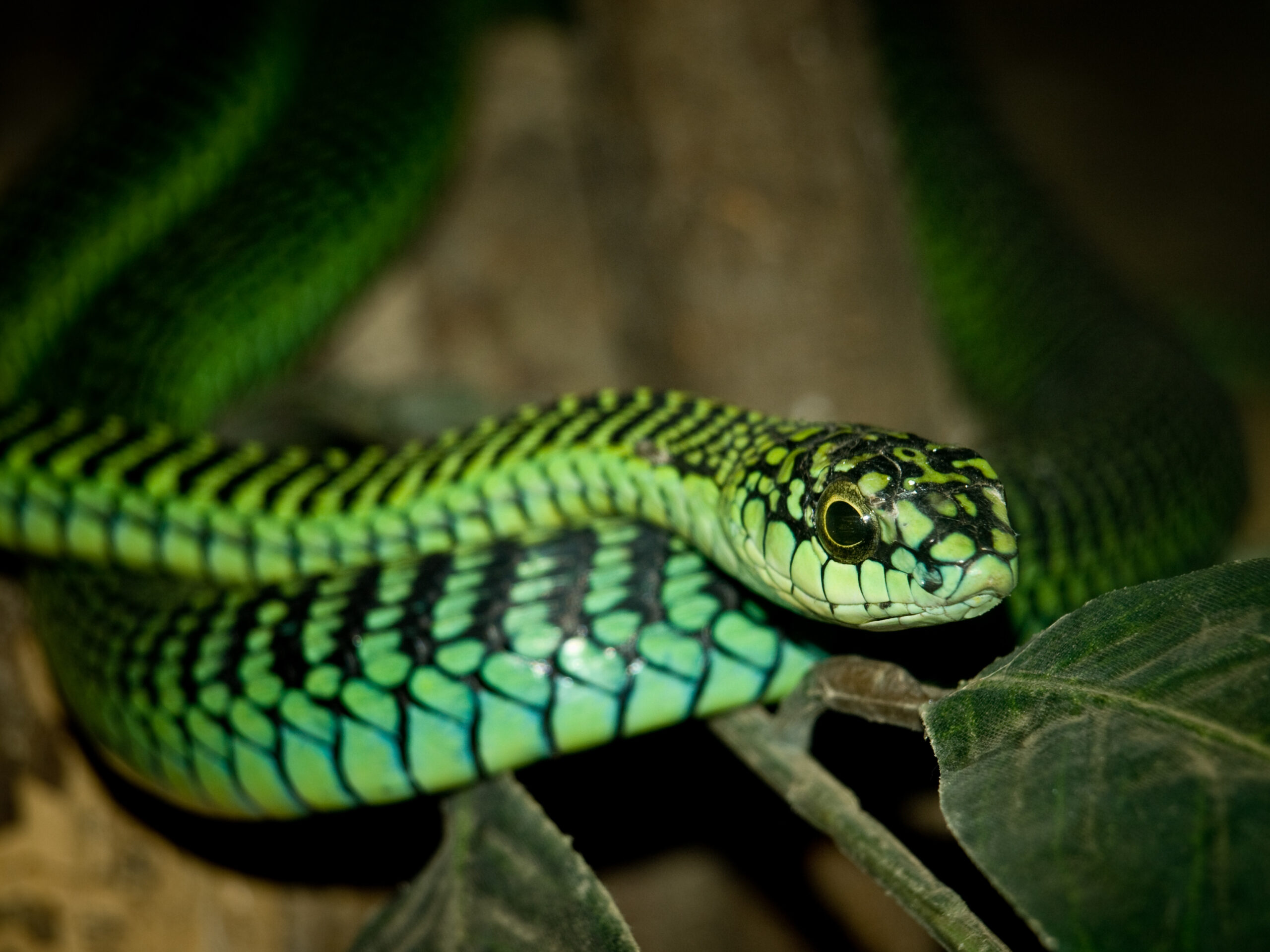

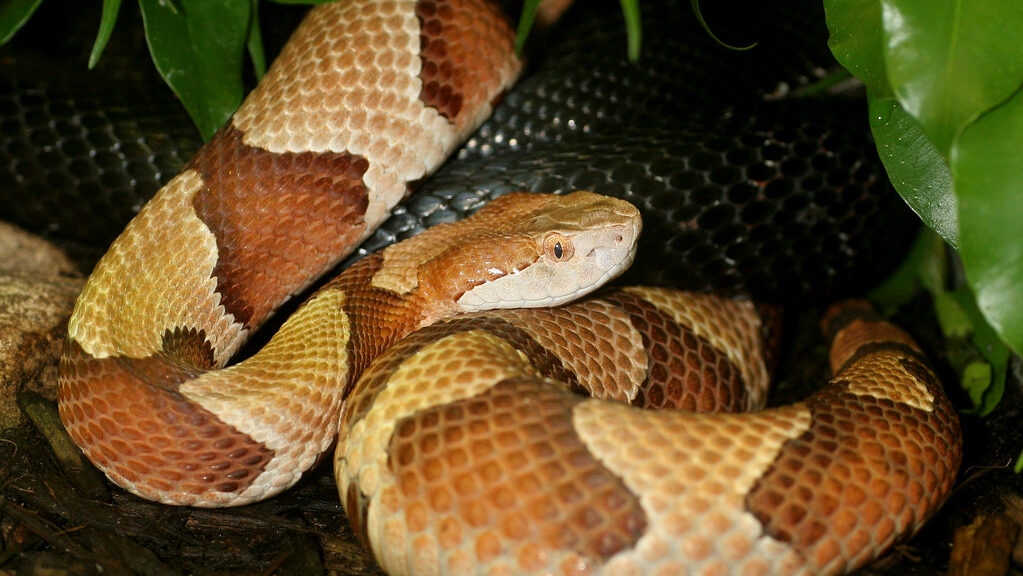
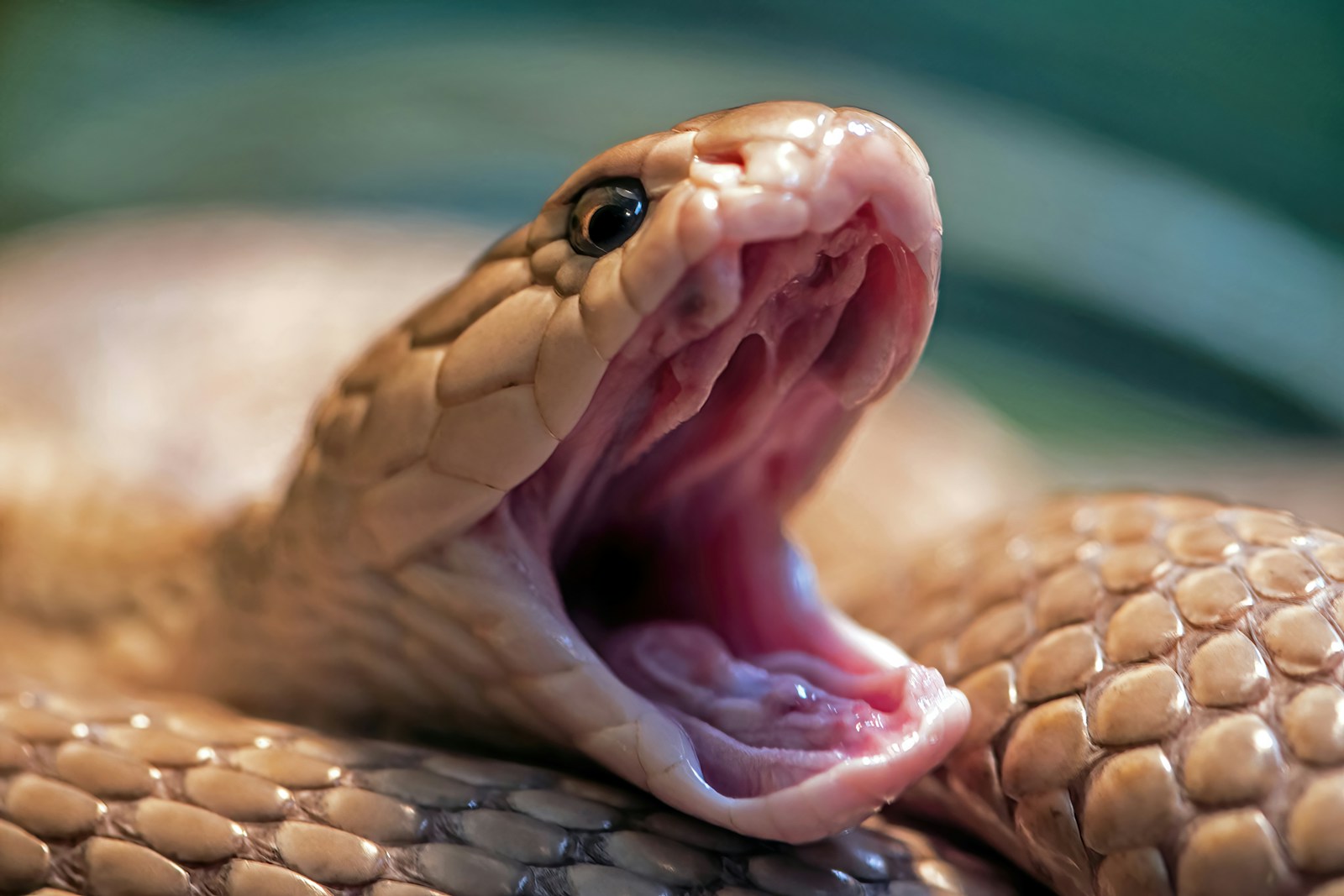
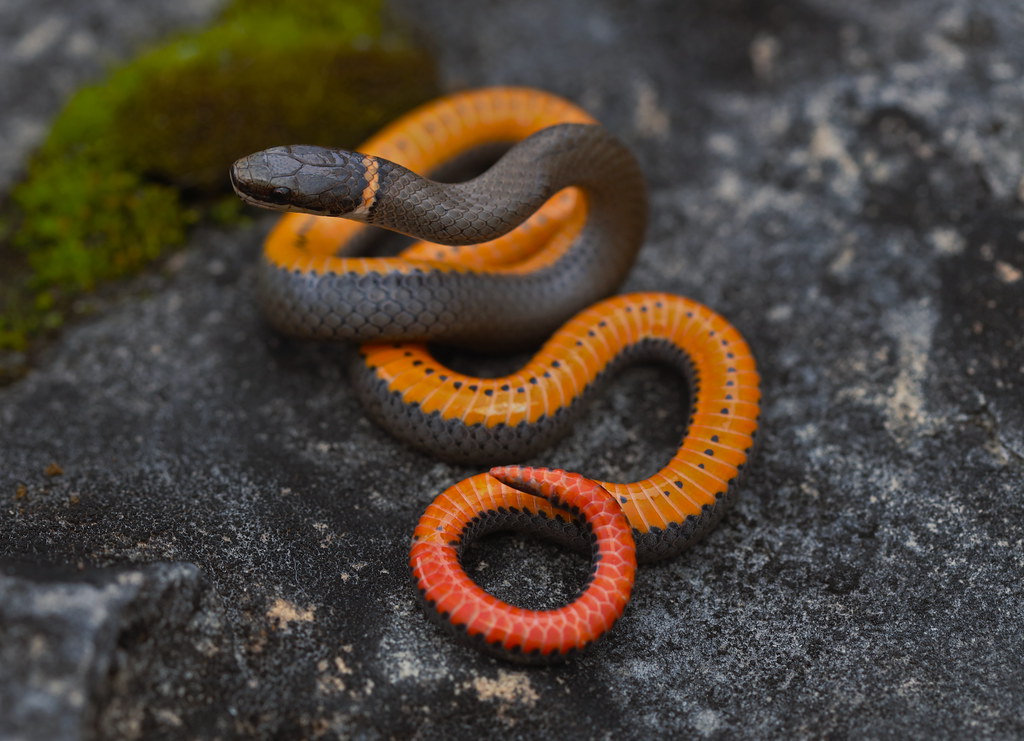
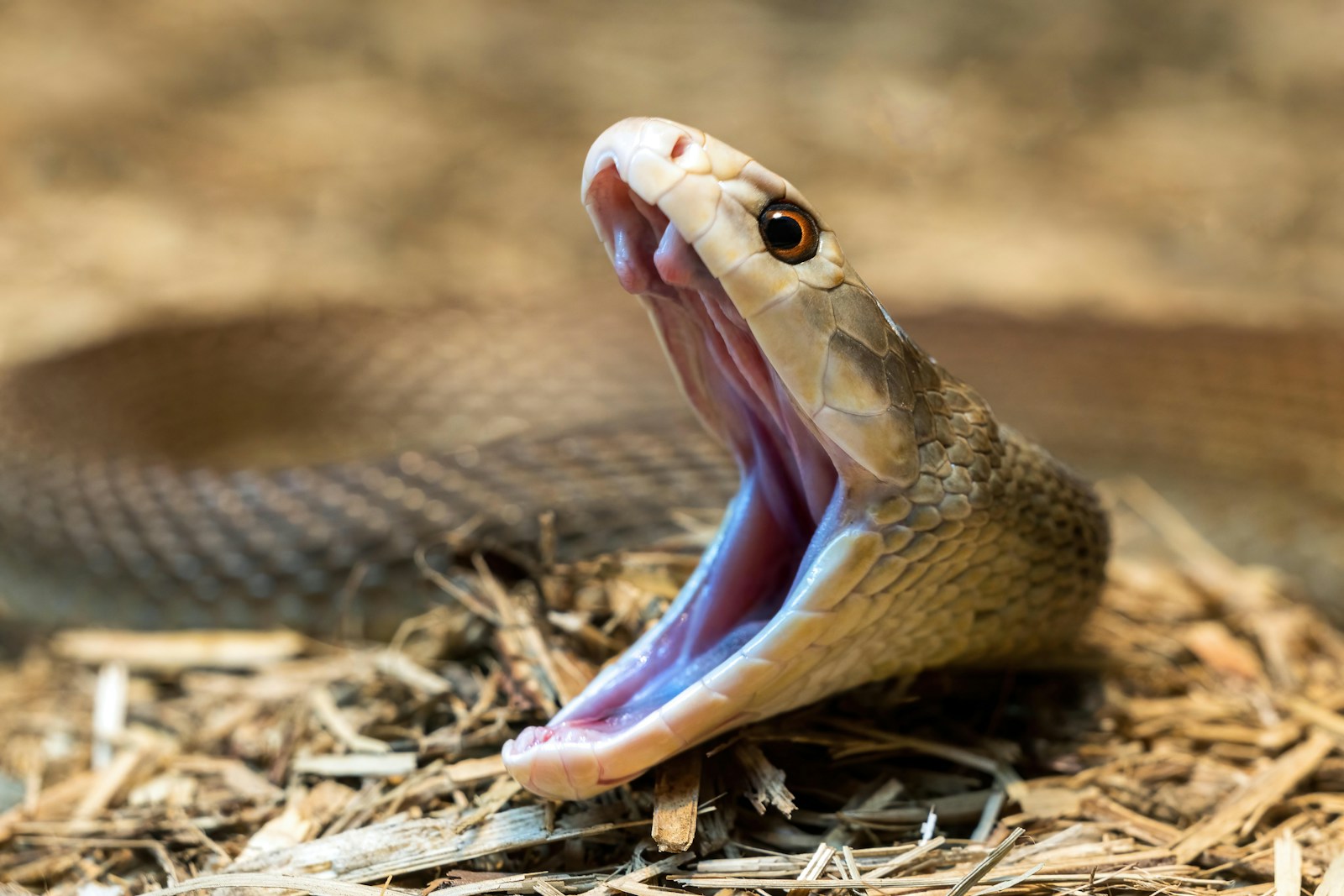
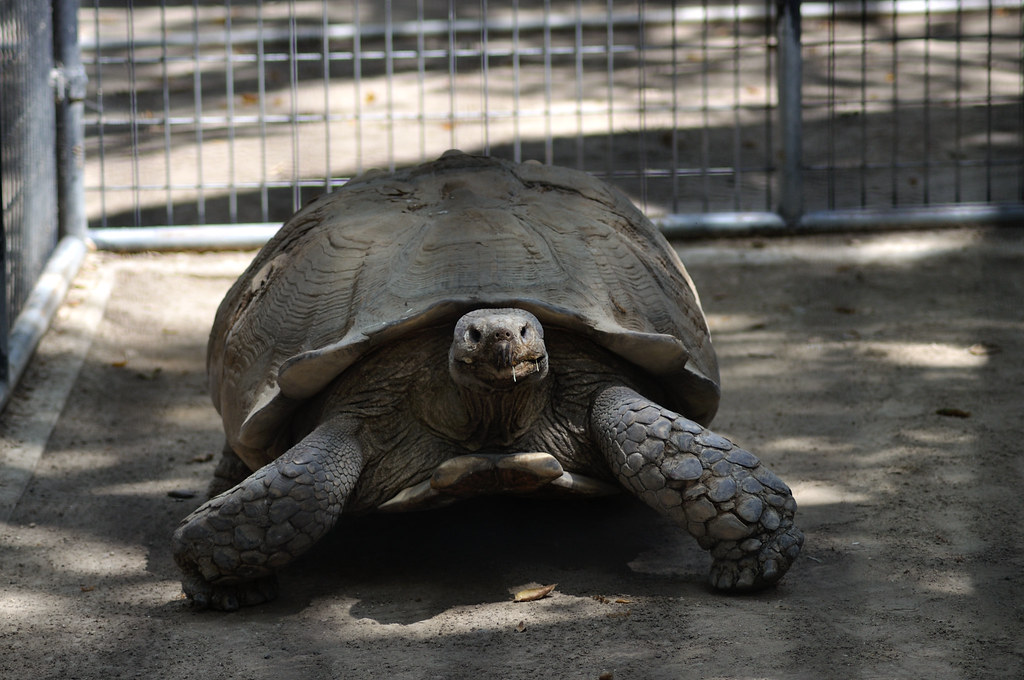
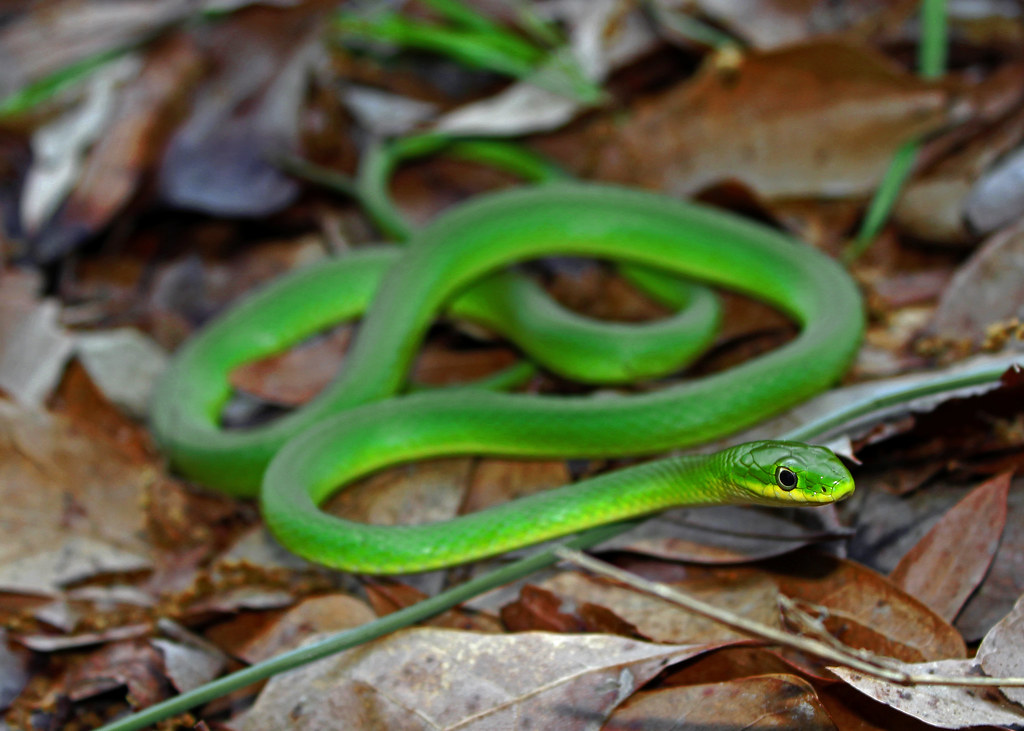
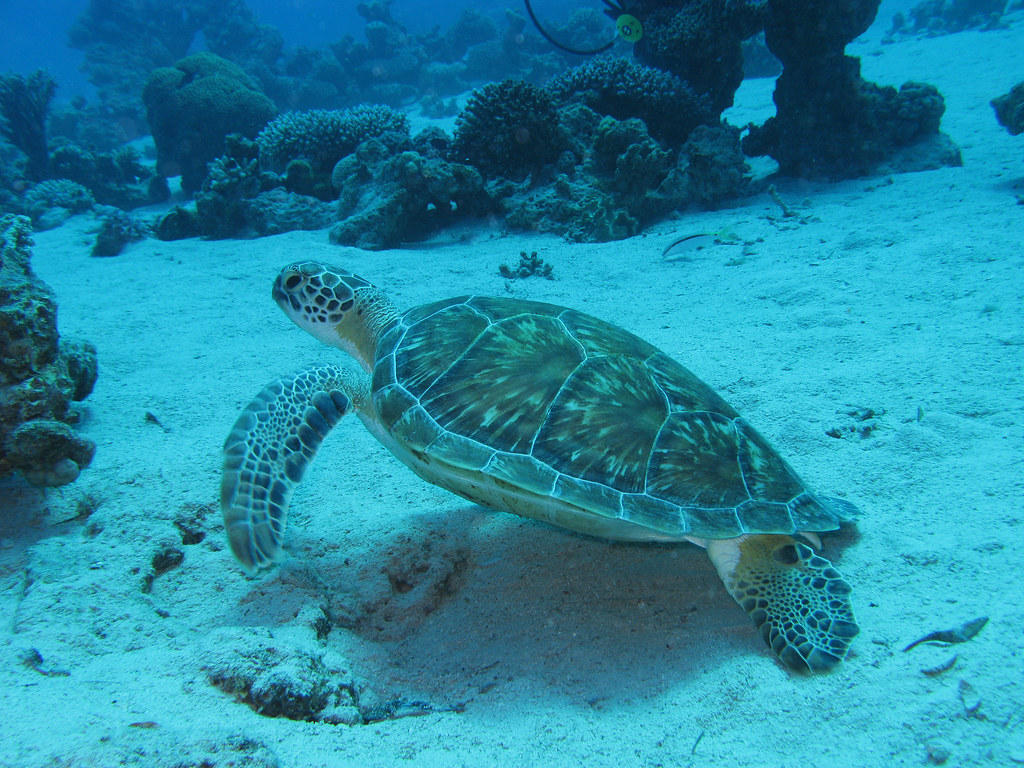
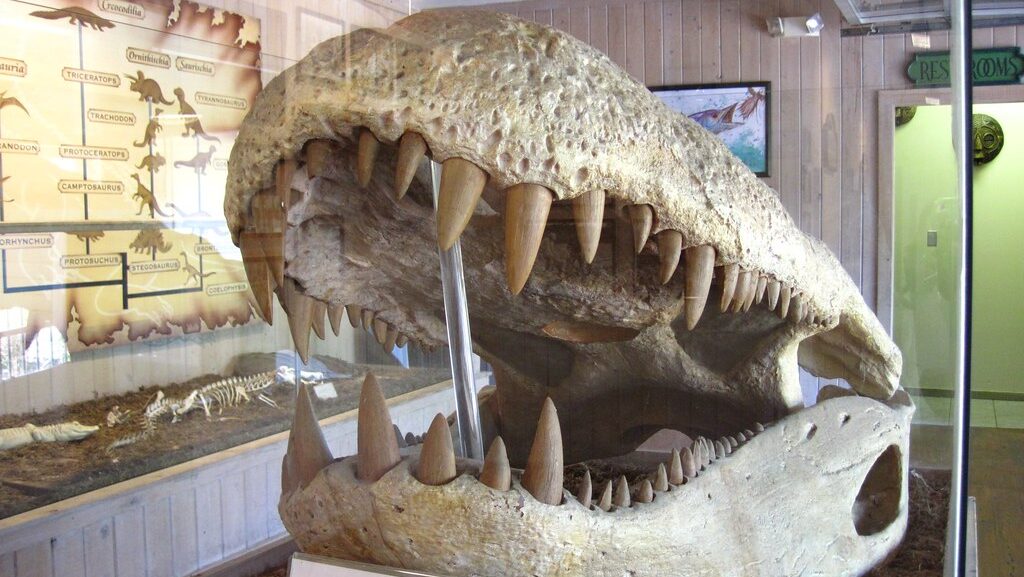
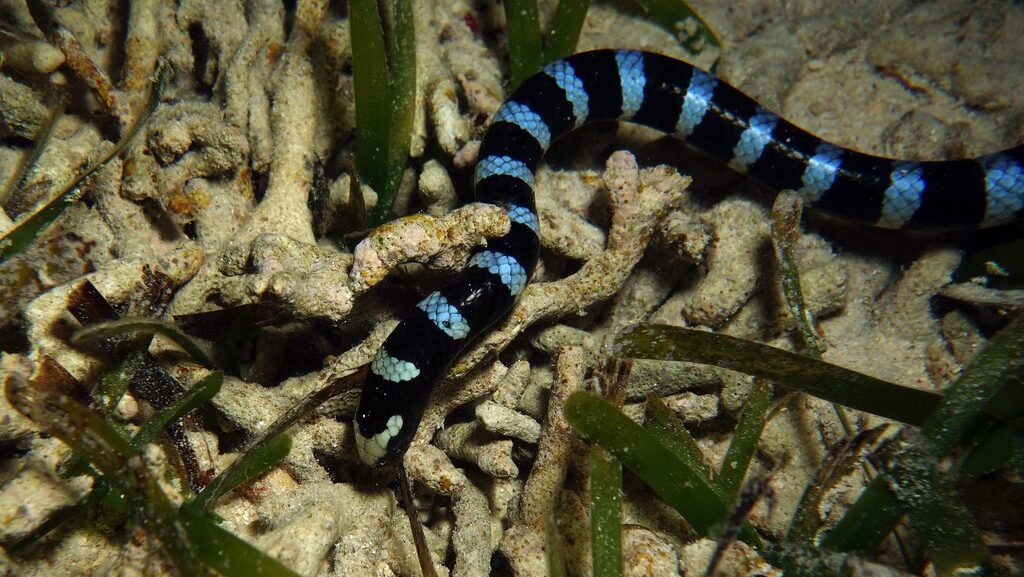



Leave a Reply